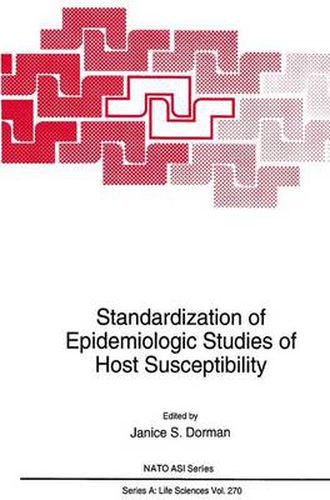Readings Newsletter
Become a Readings Member to make your shopping experience even easier.
Sign in or sign up for free!
You’re not far away from qualifying for FREE standard shipping within Australia
You’ve qualified for FREE standard shipping within Australia
The cart is loading…






This title is printed to order. This book may have been self-published. If so, we cannot guarantee the quality of the content. In the main most books will have gone through the editing process however some may not. We therefore suggest that you be aware of this before ordering this book. If in doubt check either the author or publisher’s details as we are unable to accept any returns unless they are faulty. Please contact us if you have any questions.
The incidence of insulin-dependent diabetes mellitus (100M) varies dramatically across racial groups and countries, with annual age-adjusted rates of approximately 40/100,000 per year in Finland, but only 0.51100,000 per year in China. Although reasons for these marked geographic differences are unknown, it is likely that genetic variations across populations play a m~or role. To determine the contribution of genetic factors to the global patterns of 100M incidence, international comparative studies are now being undertaken as part of the WHO Multinational Project for Childhood Oiabetes, known as the DIAMOND Project. It is, therefore, necessary to develop and implement epidemiologic standards for these investigations which can be applied across populations. This will ensure that comparable data are obtained in all countries, and that relevant scientific questions can be properly addressed. The development of standards for molecular epidemiologic studies of 100M is the of the NATO Advanced Research Workshop. During this meeting at the objective University of Pittsburgh, scientists from across the world convened to discuss issues relating to the standardization of: 1. the collection of family history data to assess the risk of 100M in first degree relatives, 2. case-control molecular epidemiology studies of 100M susceptibility, 3. HLA family studies, 4. laboratory methods and ONA technology transfer for genetic marker evaluations.
$9.00 standard shipping within Australia
FREE standard shipping within Australia for orders over $100.00
Express & International shipping calculated at checkout
This title is printed to order. This book may have been self-published. If so, we cannot guarantee the quality of the content. In the main most books will have gone through the editing process however some may not. We therefore suggest that you be aware of this before ordering this book. If in doubt check either the author or publisher’s details as we are unable to accept any returns unless they are faulty. Please contact us if you have any questions.
The incidence of insulin-dependent diabetes mellitus (100M) varies dramatically across racial groups and countries, with annual age-adjusted rates of approximately 40/100,000 per year in Finland, but only 0.51100,000 per year in China. Although reasons for these marked geographic differences are unknown, it is likely that genetic variations across populations play a m~or role. To determine the contribution of genetic factors to the global patterns of 100M incidence, international comparative studies are now being undertaken as part of the WHO Multinational Project for Childhood Oiabetes, known as the DIAMOND Project. It is, therefore, necessary to develop and implement epidemiologic standards for these investigations which can be applied across populations. This will ensure that comparable data are obtained in all countries, and that relevant scientific questions can be properly addressed. The development of standards for molecular epidemiologic studies of 100M is the of the NATO Advanced Research Workshop. During this meeting at the objective University of Pittsburgh, scientists from across the world convened to discuss issues relating to the standardization of: 1. the collection of family history data to assess the risk of 100M in first degree relatives, 2. case-control molecular epidemiology studies of 100M susceptibility, 3. HLA family studies, 4. laboratory methods and ONA technology transfer for genetic marker evaluations.